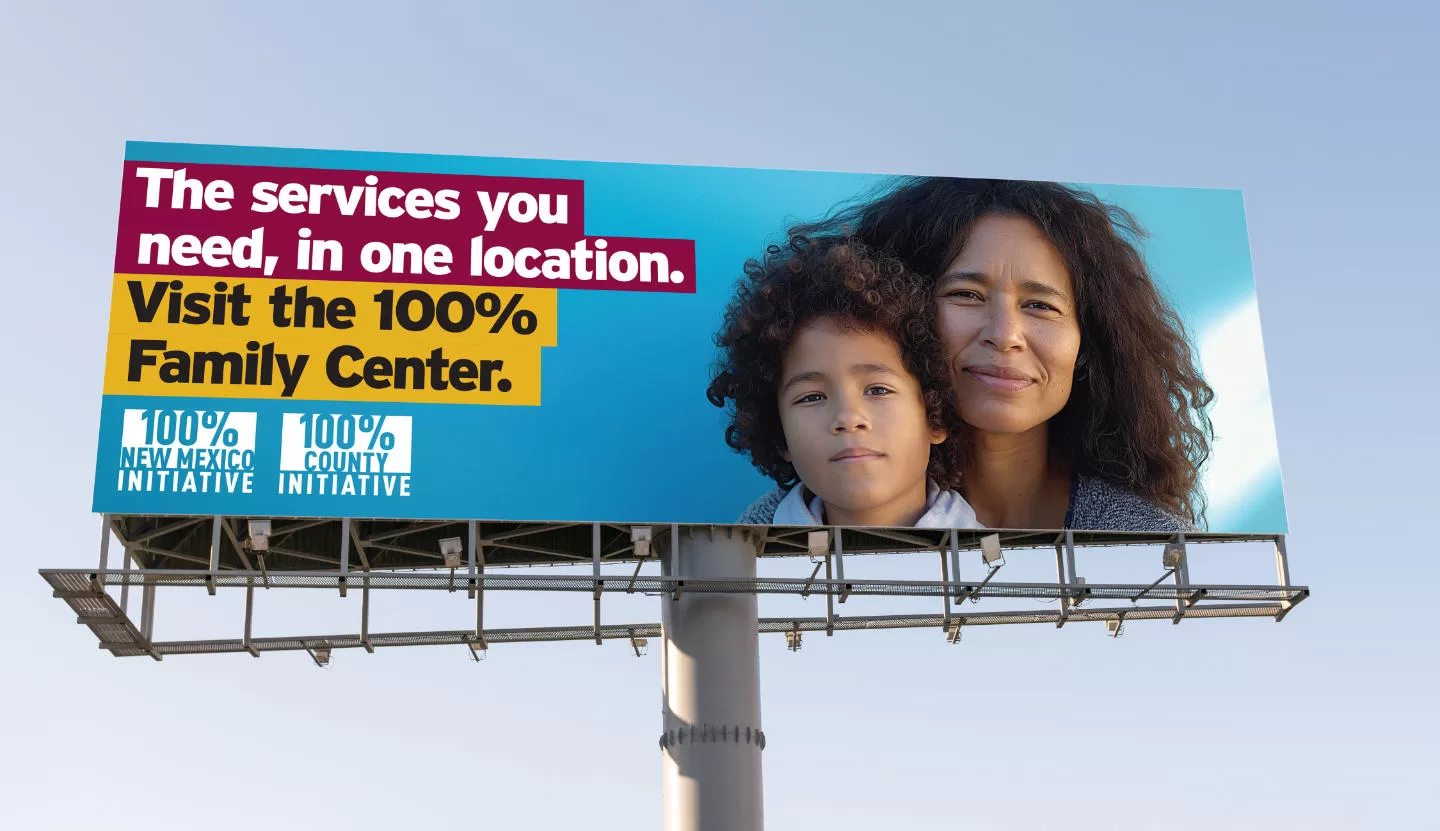In Order to Save the Child, You Must Save the System
When considering how to “fix” Child Welfare, it's vital not to confuse the strategies, staff, and frameworks for prevention with those required for intervention.
Katherine Ortega Courtney, PhD and Dominic Cappello
Child Welfare’s child protective services aim to safeguard the well-being and rights of children, encompassing both prevention and intervention. However, it is evident that Child Welfare, burdened with overwhelming caseloads, cannot singularly tackle the prevention of child maltreatment. This task requires a collaborative effort from various state and local government departments.
In this article, we first emphasize the need for prioritizing prevention efforts and engaging entities beyond Child Welfare in addressing the root causes of child maltreatment. We also provide recommendations for improving the main mission of Child Welfare, intervening when maltreatment is suspected or substantiated.
PART ONE: PREVENTION
Acknowledging the prevalence of neglect as a primary factor leading to Child Welfare involvement is paramount. Contrary to common misconceptions, the majority of cases handled by child protective services stem from neglect rather than abuse. This points to a concerning reality: caring parents, often in rural and urban areas, struggle to access essential services crucial for their children’s well-being. Barriers such as high costs, eligibility criteria, transportation limitations, inconvenient service hours, and a lack of clarity on available resources hinder their ability to provide adequate care. These challenges underscore the profound impact of adverse social determinants of health, leaving our most vulnerable families without access to vital services necessary for their children’s health, safety, education, and overall quality of life.
In response to this pressing issue, our state has spearheaded the establishment of initiatives such as NMSU’s Anna, Age Eight Institute’s 100% New Mexico initiative. Through comprehensive county surveys, we have garnered valuable data to identify the barriers hindering our children, students, and families from accessing essential services. This data allows us, if properly resourced, to develop targeted strategies to prevent Child Welfare involvement and intervene effectively when needed, ensuring the well-being of all children across our state.
Prevention: A Shared Responsibility
Child maltreatment prevention necessitates a holistic approach that addresses systemic issues contributing to neglect and abuse. It is crucial to acknowledge that many families, especially in underserved areas, face barriers to accessing essential services due to adverse social determinants of health (lack of accessible services). To effectively prevent child maltreatment, we propose a collaborative, cross-sector approach involving key entities, including the state departments of health, education, early childhood learning and care, and higher education.
Proposal for Prevention Strategies:
- One-Stop Service Hubs: Establishing 100% Family Centers: One-Stop Service Hubs in each county to provide comprehensive support and link families to vital resources. These centers, staffed by trained social workers, will offer onsite, online, and personalized assistance (through staff navigators to local services), addressing barriers to accessing essential services. The centers will also have staff trained in quality improvement to increase access to services in ten service sectors across a county and region.
- Schools as Service Hubs: Integrating medical, dental, and mental health services within school-based health centers is one strategy for increasing access to health care. Robust school-based behavioral health care will allow schools to address epidemic rates of adverse childhood experiences (ACEs) and ACEs-related trauma among the student population. Complementing school-based health centers are family resource centers acting as service hubs. These family resource centers will offer a range of support services, including food and housing security programs, academic tutoring, mentorship, parent supports, and job training, to address the diverse needs of students and families.
- Addressing workforce shortages: Implementing “grow your own” programs targeting high school students to address workforce shortages in critical fields such as healthcare, education, and social work. These programs aim to cultivate local talent and incentivize careers that contribute to community well-being and support maltreatment prevention efforts. New Mexico already has curricula to engage students in our much-needed workforces. These “grow your own” programs can support each county in linking high school students to job training and then to job placement in their hometowns. This program can be housed in the 100% Family Center, as part of countywide quality improvement.
Funding and Collaboration
The New Mexico Departments of Health, Education, Higher Education, and Early Childhood Learning play pivotal roles in promoting child well-being and family resilience and can significantly contribute to maltreatment prevention by funding and providing technical assistance to local organizations developing service hubs. Additionally, higher education institutions can address workforce shortages by investing in training programs for students pursuing careers in fields critical to health promotion, public education, and maltreatment prevention.
Concluding Comments on Prevention
Preventing child maltreatment is a collective responsibility that requires coordinated efforts from various stakeholders. By engaging departments of health, education, early childhood, and higher education, we can address the systemic factors contributing to maltreatment and create supportive environments for children and families. It is essential for these entities to prioritize prevention efforts within their respective domains and commit to collaborative action. Through shared responsibility and collective action, we can create safer, more resilient communities for all children while greatly reducing the flow of children and families into Child Welfare, law enforcement and the courts.
PART TWO: INTERVENTION
The following is an intervention outlined in a systems perspective, not at the individual level. In 2017, our book, Anna, Age Eight: The data-driven prevention of childhood trauma and maltreatment, dedicated a chapter to addressing the challenges within Child Protective Services (CPS), an organization we were formerly part of. As leaders within the Bureau of Research, Assessment, and Data, our efforts focused on promoting a Child Welfare data leaders training program aimed at utilizing data and research to inform intervention strategies. Despite our efforts, the department’s upper management at the time did not fully embrace our vision for transforming CPS into a data-driven organization with a shared mission and interconnected intervention activities.
A Candid Assessment
After decades of prominent cases highlighting children at risk while in CPS custody, along with media scrutiny and high turnover rates, Child Welfare workforces nationwide are experiencing disempowerment, exhaustion, uncertainty, and anxiety. It is imperative to take a respectful pause for reflection. To initiate the process of enhancing child protective services, we advocate for a candid assessment of its strengths and challenges. This survey will focus on intervention rather than prevention, aiming to evaluate the effectiveness of current strategies, identify areas for improvement, and provide support to empower the workforce, ultimately enhancing recruitment and retention efforts. Once analyzed and shared publicly, the survey results will serve as the foundation for continuous quality improvement initiatives within all of Child Welfare, as well as their partners in law enforcement and the courts.
Technology
CPS requires a cutting-edge data system that enables all relevant workforce members involved in a case to effectively monitor children’s progress in custody. This system should also track interventions with parents, guardians, foster parents, and other custodial representatives. A user-friendly and intuitive data system is essential to streamline case management processes, facilitate referrals to family-serving agencies, and ensure comprehensive support for children and their families in custody.
Transparency
The lack of transparency within child protective services often leaves community stakeholders uninformed about the extent of children in custody within their county. Many potential partners, who could offer valuable assistance, remain unaware of the need for foster parents or the risks faced by teenagers aging out of the system without family support. By embracing transparency, facilitated by AI-enhanced technology, each county’s child protective services office can provide easily accessible data on the status of children within the system and opportunities for community involvement.
Breaking away from the culture of fear that pervades Child Welfare, stemming from concerns about negative media attention is essential. Openness and honesty are key to fostering partnerships, which require candid communication like all healthy relationships. By cultivating a culture of transparency, child protective services can develop meaningful collaborations with community organizations and individuals, leveraging their support to strengthen Child Welfare and enhance outcomes for vulnerable children and families.
Workloads
Decades of research underscore the importance of manageable workloads for effective CPS operations. It is imperative to align caseloads with established standards to prevent overload and ensure timely and thorough case management. By adhering to evidence-based workload guidelines, we can mitigate backlogs and enhance the well-being of CPS workers and the children under their care.
Work Environments
Creating supportive work environments is crucial for fostering employee morale, engagement, and effectiveness within CPS. Policies that promote flexibility empower employees to report concerns, and cultivate a culture of learning and growth are essential. By prioritizing ongoing professional development opportunities, fostering open communication, and supporting research initiatives, CPS can transition from a bureaucratic structure to a dynamic learning institution focused on continual improvement.
Supervision and Training
We strongly endorse the establishment of a dedicated training and quality improvement institute within CPS, tasked with designing comprehensive training programs for all workforce members. Furthermore, it is crucial to prioritize ongoing training for supervisors to enhance their effectiveness and empowerment in guiding their teams. Additionally, we advocate for integrating AI-enhanced web-based education platforms, providing flexibility and accommodating various learning styles. These innovative approaches to workforce development will not only improve the skills and knowledge of CPS personnel but also ensure continuous improvement and adaptability in addressing the evolving challenges within Child Welfare.
Concluding Comments on Intervention
By embracing best practices in continuous quality improvement, evidence-informed research, data-driven processes, and technological advancements, we can strengthen the various intervention functions of Child Welfare. Through collaborative efforts and a commitment to empowering the workforce, we can enhance interventions’ efficiency, effectiveness, and responsiveness, ultimately improving outcomes for children and families involved in the system.
Our strategies both prevent child maltreatment and push for effective intervention when appropriate to ensure the safety and well-being of children while supporting parents in creating safe and trauma-free households. We advocate for a paradigm shift in the approach to prevention, emphasizing the collective responsibility of all levels of government, including public schools and higher education institutions.
DATA-DRIVEN PREVENTION + INTERVENTION = SUCCESS
By setting up Child Welfare for success, with a strong focus on intervention, we can best address the complex challenges of adverse childhood experiences, trauma, and child maltreatment. However, true prevention requires the concerted efforts of individuals and organizations across the public and private sectors, dedicated to ensuring the positive social determinants of health that translate into vital services for infants, children, students, youth, parents, and caregiving adults alike. Through research, collaborative action, and a shared commitment to Child Welfare and its partners, we can work towards creating safer, healthier environments for all children and families living in New Mexico to make the state a place where everyone can thrive.
For more information on prevention strategies, please check out our research briefs.
Did you know? Our transformational 100% New Mexico initiative is guided by web-based, self-paced courses provided free to all New Mexicans.

Don’t miss a blog post! Get notified!
The 100% New Mexico initiative is a program of the Anna, Age Eight Institute at New Mexico State University, College of Agricultural, Consumer and Environmental Sciences, Cooperative Extension Service. Contact: annaageeight@nmsu.edu or visit annaageeight.nmsu.edu to learn more.








